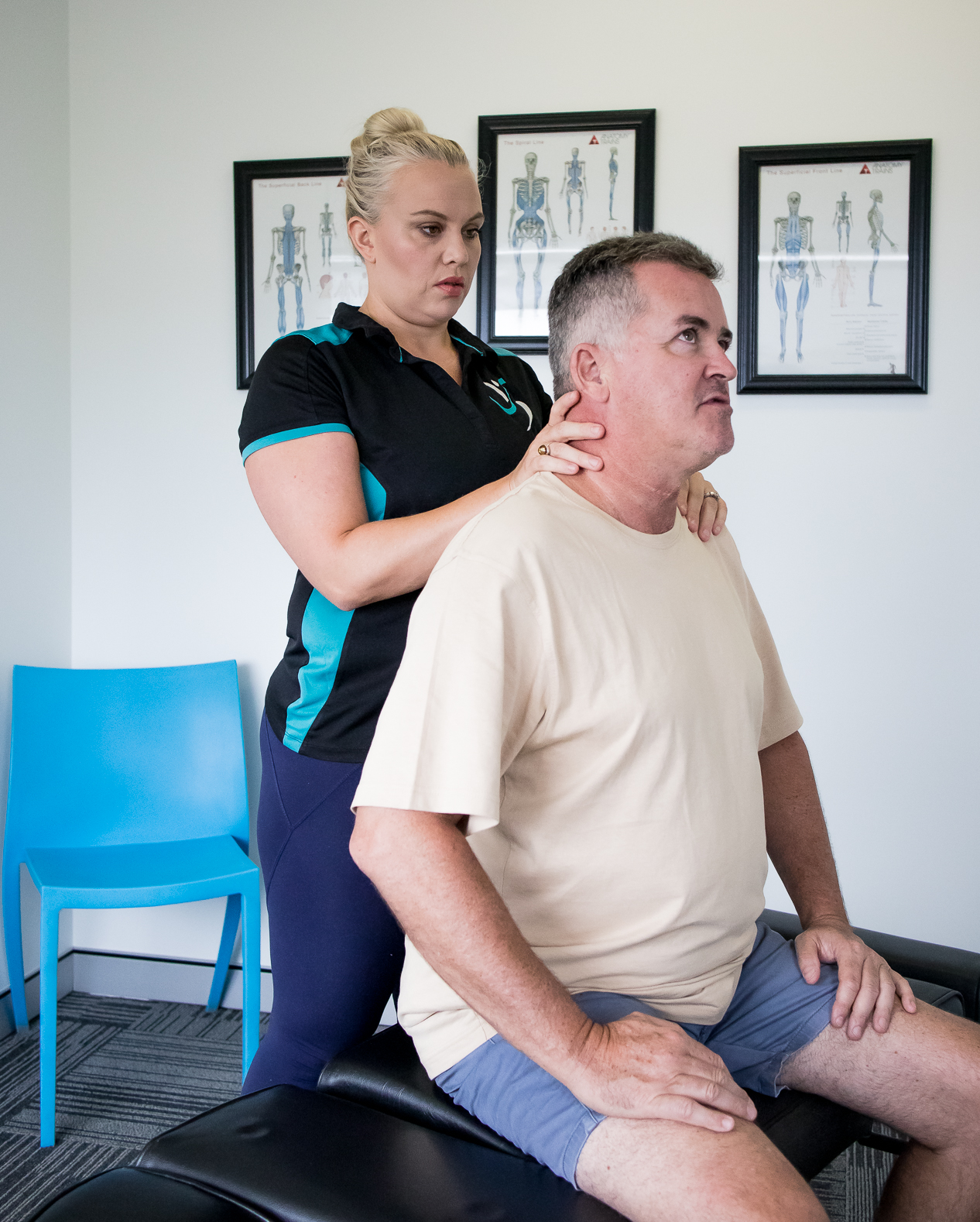What is Text Neck and How Can You Avoid It??
Text next is the term coined to describe the strain and stress injuries in your neck caused by excessive watching or texting on a handheld device over an extended period of time. The position of text neck is defined by having your head forward, shoulders rounded and back slumped. Spending prolonged periods of time in this position compresses and tightens the muscles, tendons, and ligaments in the front of the neck while the back of your neck carries all the weight. In modern days, people are spending approximately five hours each day looking at their phones, leading text neck to become a real epidemic with 7 out of 10 people experiencing aches and pains in their neck during their lifetime. While putting the device down and spending some time away from our phones is a great solution to this problem, it’s not always an option. Instead, we just have to practice some exercises and good habits to prevent the aches and pains.
Symptoms of Text Neck
Tilting your head forward to look at a smartphone or device directly affects the spine – something chiropractors are quite familiar with. Each degree you roll your neck forward, the more weight and force you’re putting on the back of your neck. Symptoms of text neck include a stiff neck, local or diffused pain usually in the lower neck, radiating pain into the shoulders and arms, muscular weakness, and a headache. In severe cases, you may also experience early onset arthritis, spinal degeneration, and disc compressions.
Text Neck Management
When using a handheld device, you should avoid excessive use, holding large or heavy devices for a long period of time, and prolonged static postures. In addition to this, there are some exercises to combat text neck and help alleviate those nagging neck pains:
Exaggerated nod: Either sitting or standing with your shoulders relaxed and mouth closed, look up to the ceiling. While looking at the ceiling, open your mouth and try tilting your head a little further back. While in this further back position, try closing your mouth again ensuring that you are bringing your lower jaw to your upper jaw so as not to bring your head forward. This should stretch the front of your neck.
Chin tuck: Sitting up tall or standing straight, keep your chin parallel to the fall. Without tilting your head, gently bring your chin back like you’re creating a double chin. Push the base of your skull away from your neck. This should stretch the back of your neck.
Downward-facing dog: Starting on all fours, lift your hips up toward the ceiling with your toes and hands still on the floor, making an upside-down ‘V’ shape. Let your head drop and take a few deep breaths. This should open the chest wall and shoulders.
Cat-Cow: Starting on all fours again, this time with your shoulders over your wrists and hips over your knees. As you take a deep breath in, curl your spine towering the ceiling, tucking your tailbone in. Lengthen your neck and move your chin toward your chest. When you release the breath, drop your body back to starting position or lower if you can while lifting your chin toward the ceiling. This should help spinal awareness.
For more information on text neck and how to avoid it or relieve the symptoms, call our team at Gonnet Chiropractic on (07) 3886 4300 to see how we can help.

